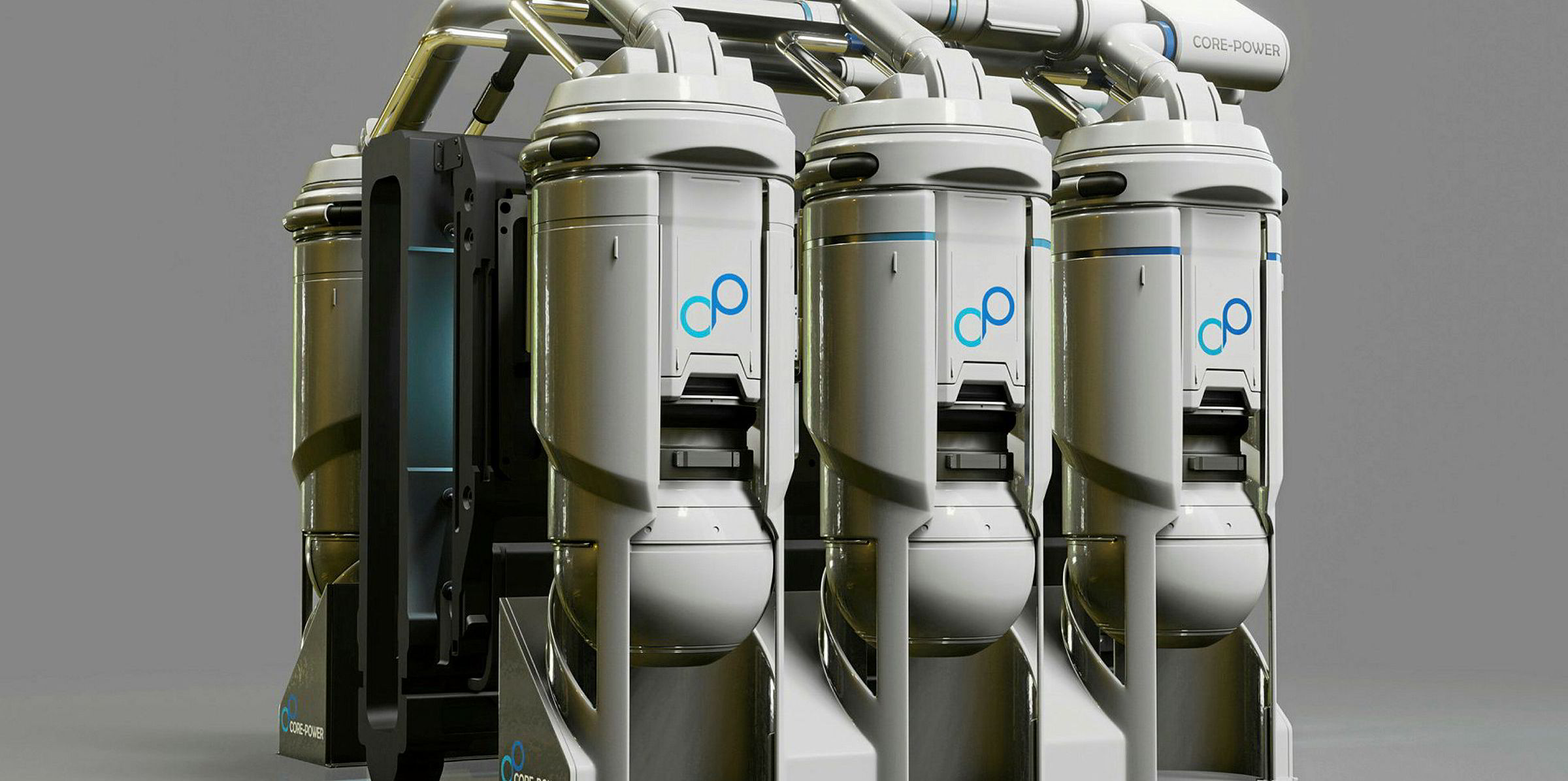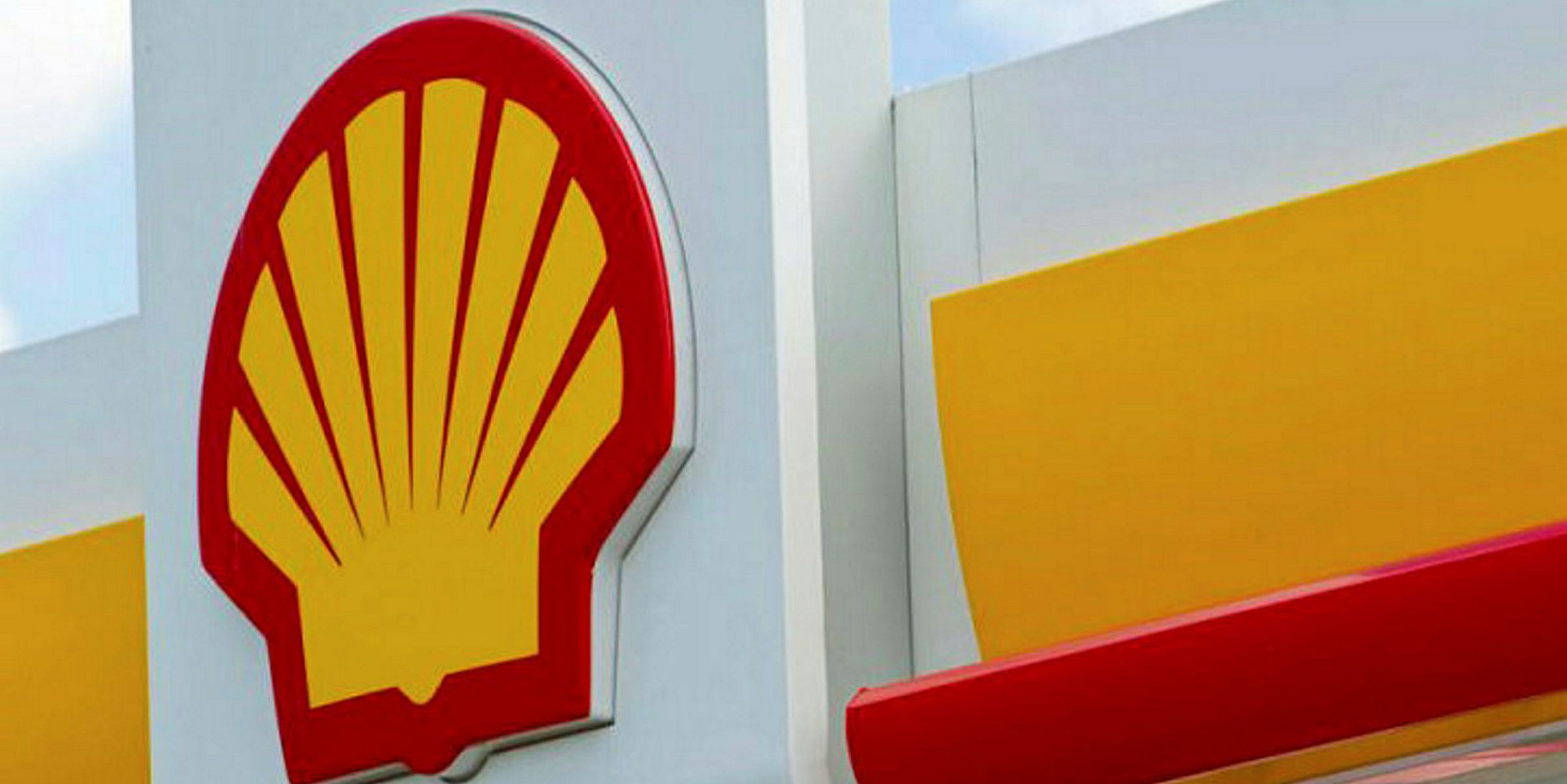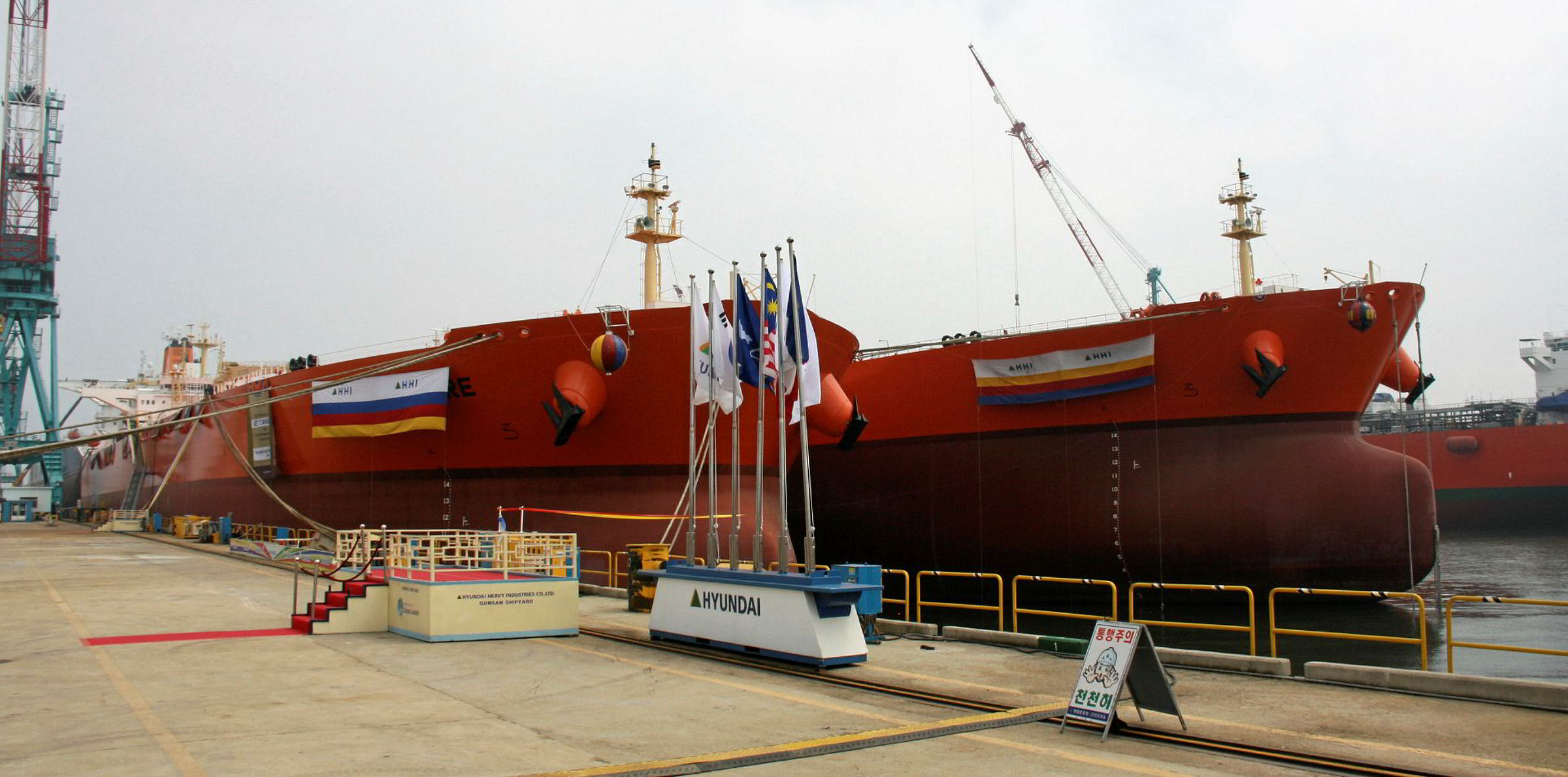Any mention of putting nuclear reactors on commercial vessels would — in the not-too-distant past — have been greeted with disbelief by shipowners.
But this view is changing, as molten salt reactor (MSR) technology develops to make the power of the atom a viable economic solution to shipping's decarbonisation question by the end of the decade, according to Mikal Boe, founder and chief executive of London-based Core-Power.
Boe told TradeWinds that the company's idea for zero-emission propulsion has been gaining ground among big-name shipowners.
Boe said many such shipowners are "remarkably intrigued", to the extent that several are among the 21 shareholders in Core-Power. He declined to identify the shipping companies, and none are named on Companies House information for Boe's outfit.
"Another 40 are now engaged with us in real work on designs, economics, regulatory aspects and investment," Boe said.
"We’re closing a Series B round of funding and participation [that] is almost exclusively from major names," he said. "The momentum is building, it's accelerating all the time."
US partnerships
Core-Power started as a project in 2016 and the company was formed properly in 2018.
Boe, a shipping industry veteran at the top level with companies such as Eagle Bulk Shipping and Thoresen Thai Agencies, said the tide is also turning on public opinion.
Core-Power has now joined a leading international consortium with nuclear power companies TerraPower, Southern Company and Orano to develop MSR atomic technology in the US.
The consortium has submitted its application to the US Department of Energy to take part in cost-share risk-reduction awards under the Advanced Reactor Demonstration Program to build a prototype MSR by 2024 and a medium-scale commercial grade reactor by 2027.
"The marine MSR [m-MSR] is like an atomic battery and has an economic potential which is greater than that of oil and gas," Boe told TradeWinds.
"It can provide all the sustainable, clean energy we need to move us deep into the future without polluting the environment."
Retrofits an option
An m-MSR can produce the same amount of power 24/7 from a footprint the size of a bus bay that solar and wind can from 50 square kms, Core-Power claims.
Boe said vessel retrofits are also possible, but that will be the choice of each shipowner.
"It's perfectly possible but may not be as economically attractive. We’ll see," he said.

- Built for dynamic environment; pitching, rolling and vibrating
- Lifetime fuel cycle of 25 to 30 years
- No moving parts and no crew involvement
- Power conversion through sCO2 Brayton Cycle turbines of 10-plus MW.
- Regulatory approvals to be made through IMO Solas.
- 'Vast' thermal operating range
- Burns 95% of its fuel
Core-Power sees the m-MSR as part of the start of a "second atomic era", where climate change is the main driver of powerful, inexpensive and safe new energy solutions.
Boe said the project is also about building a new competitive future for the industry, not just finding ways to comply with rules.
As head of risk for shipowners, Boe started to see what was coming, with advance warning of IMO 2020, back in 2010.
He and his partners are now working on a reactor that will measure three metres by six metres and contain high-assay low-enriched uranium (HALEU).
HALEU is manufactured in the US and Europe by specialist atomic fuel companies, and the salts are manufactured by speciality chemical firms. They are mixed together for use in the m-MSR.
No problems for crews?
The reactor needs no intervention from the crew, has no moving parts and will last for the commercial life of a ship over 25 or 30 years.
In fact, the system can be installed on five generations of vessels because it can produce power for 160 years.
Of course, any solution involving nuclear energy has to address three key questions: safety, security and economics.
"Safety is not an issue left for last, but is front and centre in the design development of any energy technology — as indeed it is with the m-MSR," Boe said.
Atomic reactors only produce heat, meaning the coolant is the key to safety. In an m-MSR, the fuel is the coolant, and the coolant is the fuel, so Core-Power said coolant cannot be lost.
Boe said both exist at a constant ambient pressure and a leak in a pipe would not result in the expulsion of fuel and coolant.
"The molten salts in an m-MSR have extremely high heat capacity as well, so they can absorb a lot of heat," he said. "This is a major safety advantage that enables what is known as passive decay-heat removal.
"This is the very definition of passive walk-away safety, which is creating a strong, positive public opinion around the MSR. What happened at Chernobyl or Fukushima is impossible with any MSR."






